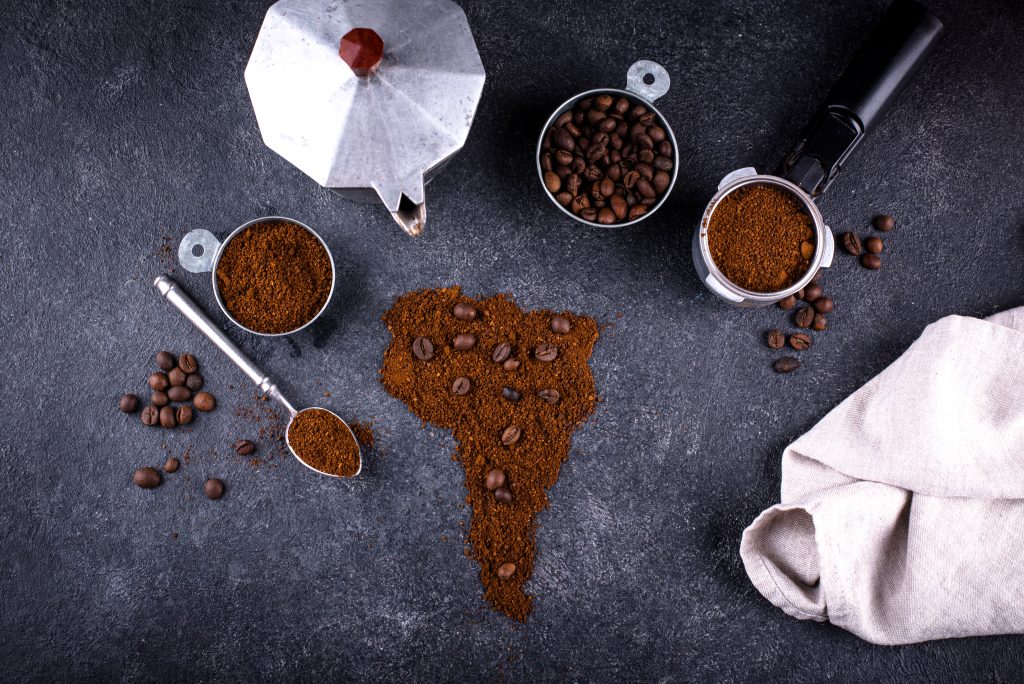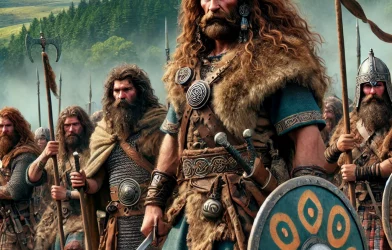Today, coffee is one of the most beloved beverages in the world — a daily ritual, a creative fuel, and a cultural icon. But few people sipping their morning brew realize just how long and fascinating the journey of coffee has been, stretching across continents, centuries, and civilizations.
It all began in the ancient highlands of Ethiopia, where, according to legend, a goat herder named Kaldi noticed that his goats became unusually energetic after eating bright red berries from a certain tree. Curious, Kaldi tried the berries himself and soon felt their invigorating effects. Word spread quickly, and before long, local monks were using coffee berries to stay awake during long hours of prayer and meditation.
From Ethiopia, coffee made its way across the Red Sea to the Arabian Peninsula, where it truly began to take shape as a drink. By the 15th century, in what is now Yemen, people were roasting and brewing coffee beans much as we do today. Coffee houses, called qahveh khaneh, began to appear across cities like Mecca and Medina. These were not just places to drink coffee — they became lively centers of conversation, music, poetry, politics, and even chess games. In many ways, they were the world’s first public cafés.

Coffee’s growing popularity soon caught the attention of travelers and traders. By the 16th century, it had spread to Persia, Egypt, and the Ottoman Empire. Venetian merchants then brought coffee to Europe in the 17th century, where it quickly captivated the public. In cities like Venice, London, and Paris, coffee houses flourished, earning nicknames like “penny universities” because for the price of a coffee, one could engage in lively intellectual debate.
Coffee didn’t just stay in the cities. Colonial powers saw its economic potential and began planting coffee across the tropics — in places like Indonesia, India, the Caribbean, and South America. Plantations, often worked by enslaved or indentured labor, turned coffee into a global commodity. Brazil eventually became — and remains — the world’s largest coffee producer.
As the centuries rolled on, coffee evolved from an exotic luxury to an everyday necessity. The 19th century saw the invention of instant coffee, the rise of coffee brands like Folgers and Maxwell House, and the idea of the “coffee break” becoming a staple of working culture. The 20th century brought the rise of specialty coffee, espresso bars, and global giants like Starbucks, which transformed coffee culture into a lifestyle.
Today, coffee is not just a drink — it’s a global phenomenon. From artisan third-wave cafés in Melbourne and Copenhagen to traditional coffee ceremonies in Ethiopia, the way we grow, brew, and enjoy coffee continues to evolve. Specialty roasters focus on single-origin beans, baristas turn coffee-making into an art form, and travelers seek out the best coffee experiences wherever they go.
Yet, despite all the modern trends, coffee’s original magic remains unchanged. It’s about connection — a drink that brings people together, sparks ideas, and fuels creativity. Whether you’re drinking it in a bustling city square, a mountain village, or a quiet kitchen, every cup carries a little piece of history.
The next time you take a sip of coffee, think of the journey it made — from ancient Ethiopian hillsides to your hands — and how one simple berry changed the world.














